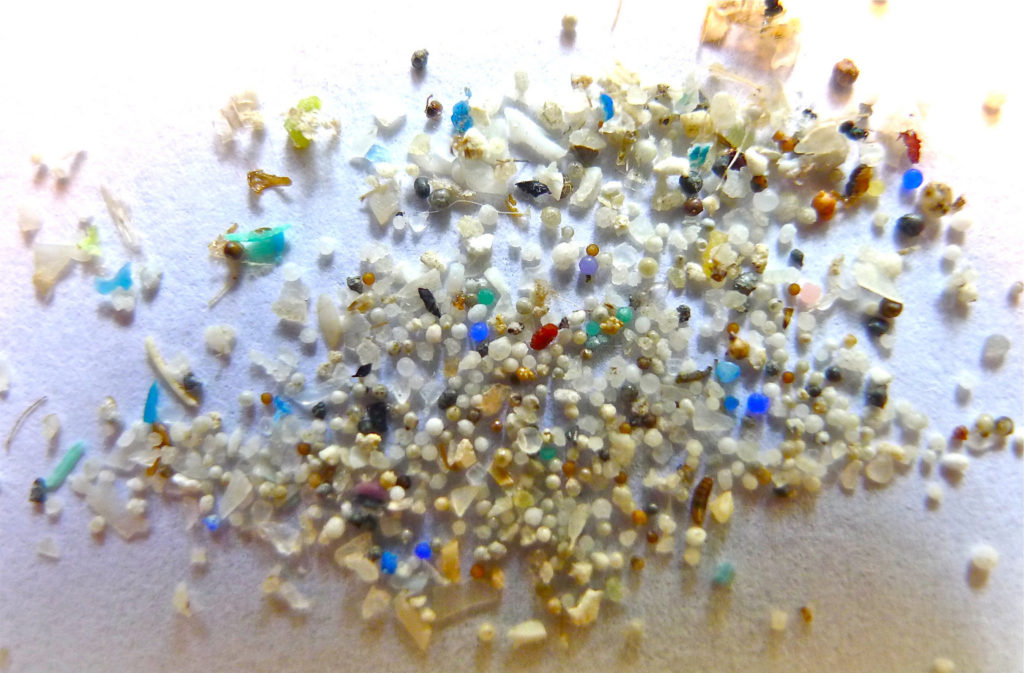
Many of us are well aware of the environmental challenge faced because of the proliferation of plastics. Since plastic does not decompose naturally, most of it remains in our environment. Only 12% has been incinerated and only 9% has been recycled. A great deal of plastic ends up in the ocean and other bodies of water. Much of it breaks down into small particles – microplastics – which are now ubiquitous in the oceans. There are also microplastics that started out that way in the form of little beads used in the cosmetics industry. Studies have found microplastics in the bodies of 73% of fish from the North Atlantic.
What is less known is that microplastics are also accumulating on land, and especially in our soils. The two main sources of microplastics in soils are from plastic mulches and from sewage sludge.
Plastic mulching uses plastic sheeting to cover soil, thereby improving temperature control and water loss as well as suppressing weed growth. It is cheap, effective, and very popular. Unfortunately, it also results in large amounts of plastic left lying in the open where UV and the elements weathers it until it breaks up into microplastic fragments.
Sewer sludge comes from waste treatment plants. Microplastics including fibers from synthetic clothing enter domestic and industrial waste-water streams. They are filtered out and accumulate in sewage sludge which often ends up being applied to farmlands as a fertilizer. Effectively, we are removing microplastics from the aquatic environment and dumping them into our soils.
Given these facts, microplastics are undoubtedly entering the land-based food chain as well. Microplastics are a well-known threat to the ocean, but they are also a threat to terrestrial environments as well.
***********
Web Links
Microplastics: In Our Soils Too?
Photo, posted September 6, 2012, courtesy of Oregon State University via Flickr.
‘Microplastics in Soil’ from Earth Wise is a production of WAMC Northeast Public Radio.
Leave a Reply